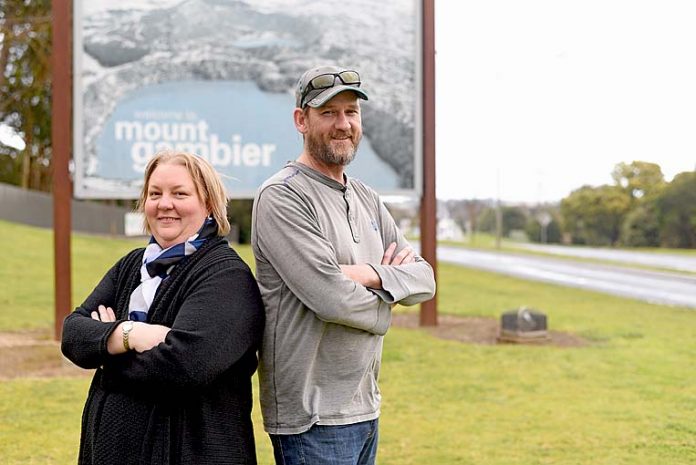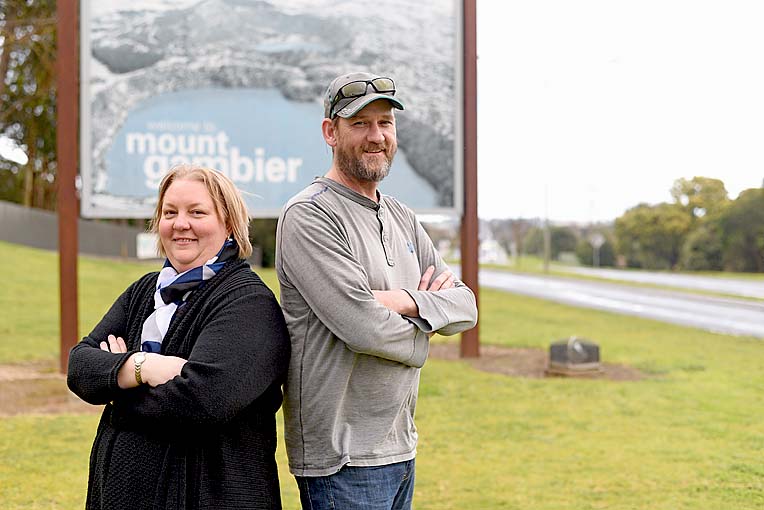

LATEST census figures show the “typical” Grant District Council and Mount Gambier residents align with the statistically “ordinary” Australian.
The 2016 Census of Population and Housing revealed the key characteristics of the “typical” resident in both local council areas.
While the typical residents shared many common attributes with the statistically “ordinary Aussie,” overall both council areas strayed from the most common demographic statistics.
The Border Watch found two locals who fit the bill for the typical resident in each council area.
At 44 years old, Simon Phillips represents the typical Grant District Council resident.
Mr Phillips was born in Australia and speaks English at home, owns two motor vehicles and identifies as non-religious, though he admits he rarely completes over five hours of unpaid domestic work each week.
“I try to get away with around one hour a week,” he said with a wry smile.
“I’m unsure if my weekly income matches the typical Grant Council resident but it would be around the mark.”
Teresa Cain is a close match to the typical Mount Gambier resident.
“I just turned 40 so I was feeling old, but I’m feeling a bit better knowing I’m statistically average,” Ms Cain said.
“I completed an undergraduate degree and I identify as having no religion, but otherwise I match most of the characteristics.
“As for hours of unpaid housework each week I’m on the upper end of that scale.”
As far as the statistically “ordinary” Australian goes, overall both Mount Gambier and Grant District Council residents are decidedly out of the ordinary.
Australians are becoming less likely to share key demographic statistics, such as religion, marital status, country of birth and dwelling type.
Only 9pc of families are a couple with two children in Mount Gambier, compared with 8pc of families in the Grant District area.
Only 7pc of homes in the Grant District are three bedrooms on a mortgage while just 8pc of homes in Mount Gambier reflect the “ordinary” Australian household.
The census figures show steady population growth across both Grant District Council and Mount Gambier since 2011.
Grant District Council has seen a population increase from 7856 to 8203 persons since 2011, while Mount Gambier’s population has increased from 25,773 to 26,993 – representing 4.4pc and 4.7pc growth respectively.
Grant District Council residents have aged, with the median age rising from 39 to 44 over the last ten years – usually an indication of greater life expectancy combined with a decline in fertility rates and increased immigration to the area.
Christianity is still the most popular religion in both council areas, with 59.2pc of Grant District Council residents and 50.3pc of Mount Gambier residents identifying as Christian.
Census data is collected every five years and managed by the Australian Bureau of Statistics (ABS).
Councils access and analyse census data to obtain statistical information required for planning and delivering services to the community.





